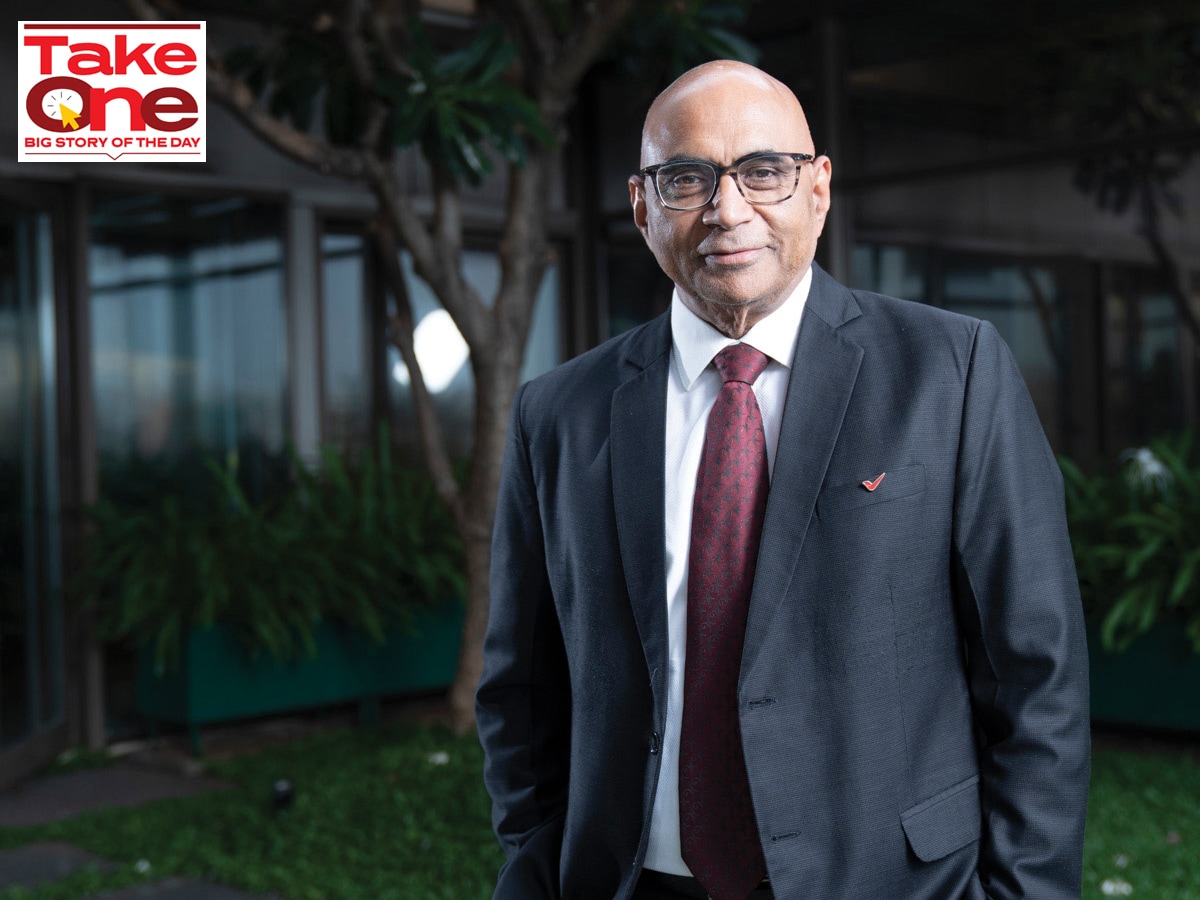
Will Yes Bank leapfrog led by Japan's SMBC investment?
In May, Sumitomo Mitsui Banking Corporation (SMBC), a Sumitomo Mitsui Financial Group subsidiary, announced plans to acquire a 20 percent stake in Yes Bank, making it the largest cross-border investment in an Indian bank. Analysts, however, say the bank needs to boost its asset mix and focus on accelerating profitability for real results
 Prashant Kumar, MD and CEO, Yes Bank
Image: Mexy Xavier
Prashant Kumar, MD and CEO, Yes Bank
Image: Mexy Xavier
Since becoming a commercial bank a little over 21 years ago, Yes Bank has faced several turbulent periods and climbed out of those—bruised at every stage. These include the forced-but-painful exit of promoter Rana Kapoor from the board in 2019, the imposition of a 30-day moratorium by the Reserve Bank of India (RBI) in March 2020, and a subsequent rescue plan through fresh capital infusion from a consortium of local banks, led by the State Bank of India (SBI).
From there, over the past five years, Yes Bank, India’s sixth largest by asset size, under the leadership of CEO Prashant Kumar has regained investor confidence and rebuilt the trust deficit it was battling. Deposits for the bank have jumped 2.7x, retail advances have risen 2.5x and asset quality has improved significantly since March 2020.
For the past 12 to 24 months, the Yes Bank management, and most stakeholders, were concerned about how the then-new investors—SBI and the list of India’s top private lenders—will be able to exit the bank now that the rescue act is nearly complete.
In May, Sumitomo Mitsui Banking Corporation (SMBC), a subsidiary of the Sumitomo Mitsui Financial Group, announced plans to acquire a 20 percent stake in Yes Bank, making it the largest cross-border investment in an Indian bank. SMBC’s 20 percent stake includes a portion of SBI’s stake in Yes Bank and also makes SMBC the largest shareholder in Yes Bank.
Post the completion of the transaction, SBI will continue to hold 10.8 percent stake in Yes Bank, other banks will retain just 2.9 percent stake and the two strategic investors, CA Basque Investments, affiliates of the Carlyle Group, and Verventa Holdings, an affiliate of Advent International, will hold 6.8 percent and 9.2 percent, respectively. India’s largest insurer, the Life Insurance Corporation of India (LIC), holds a 3.98 percent stake in the bank.
(This story appears in the 30 May, 2025 issue of Forbes India. To visit our Archives, click here.)




















